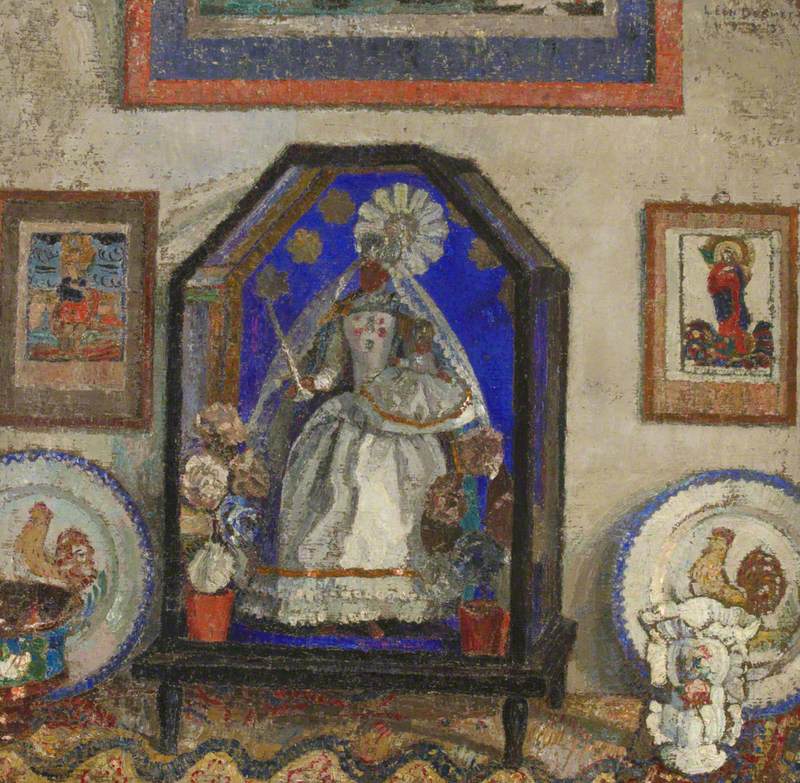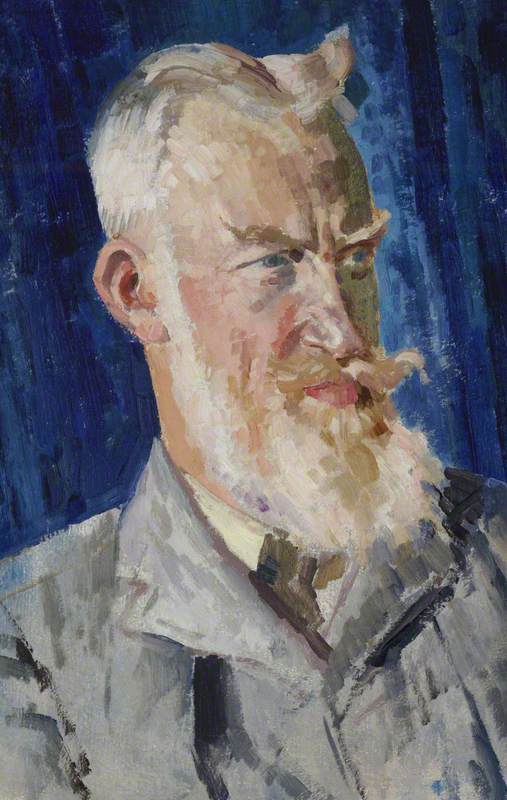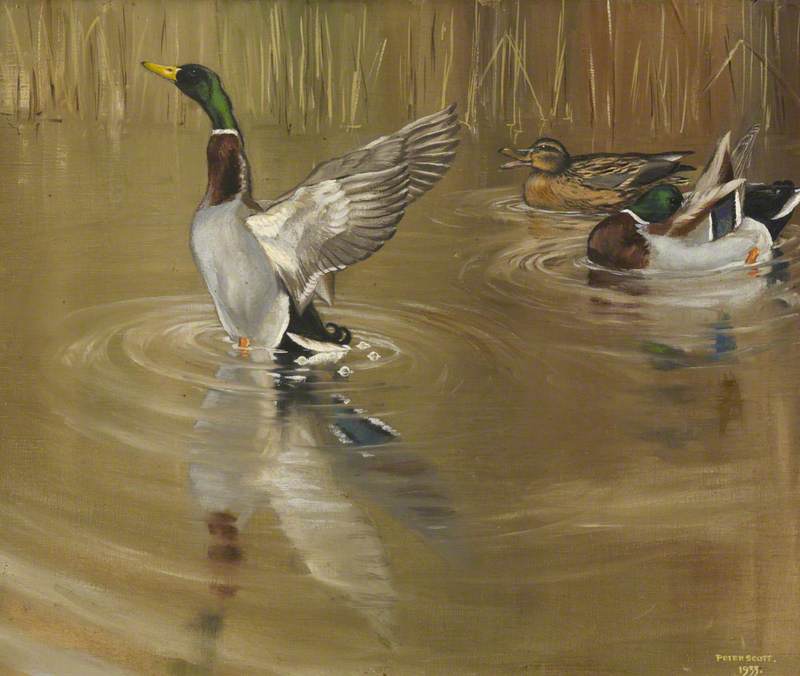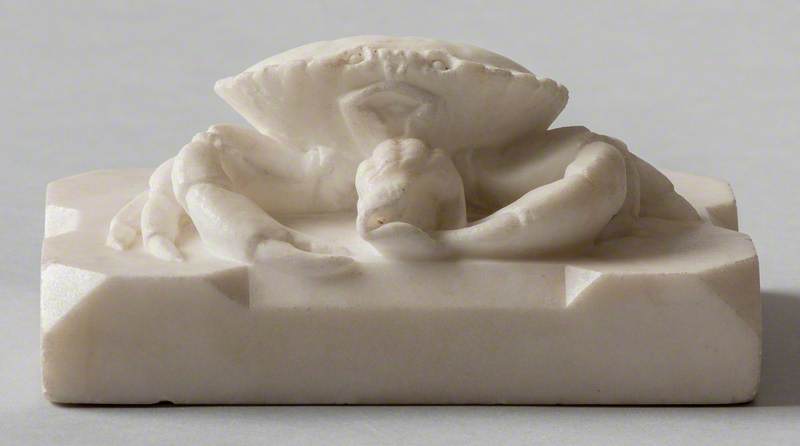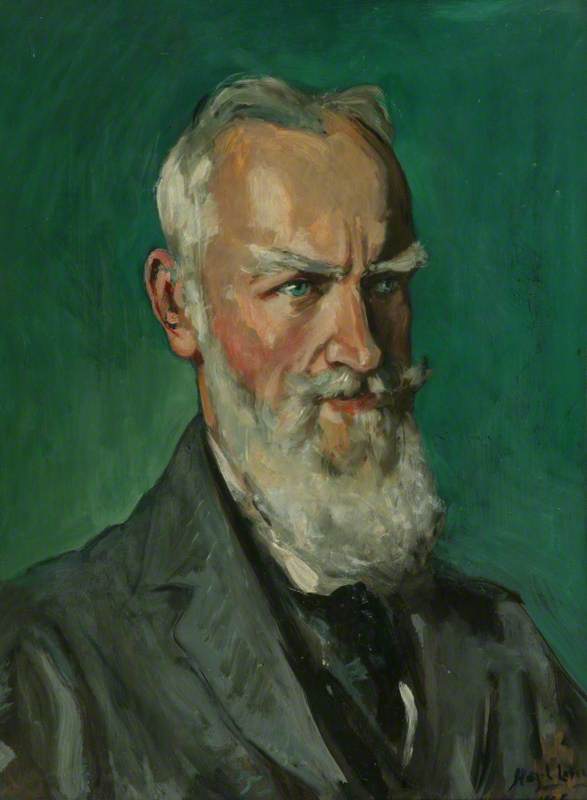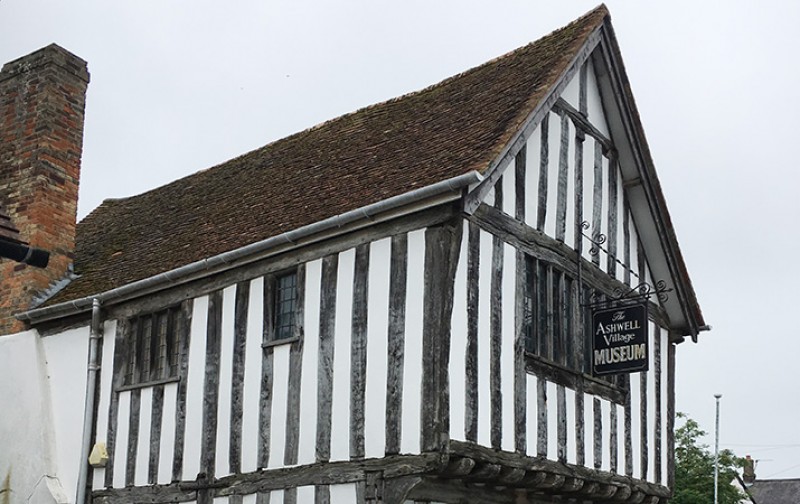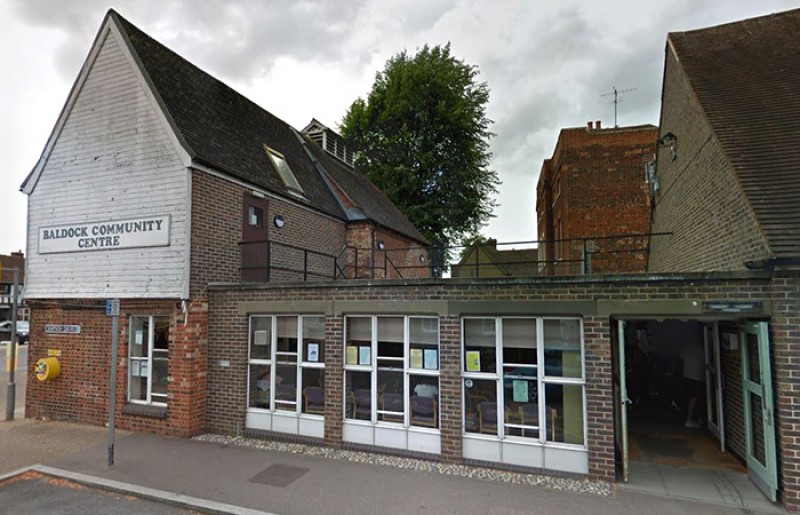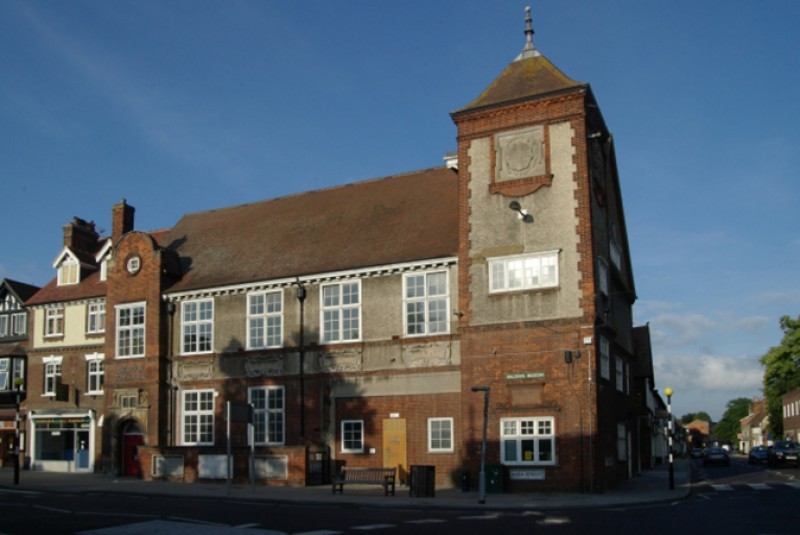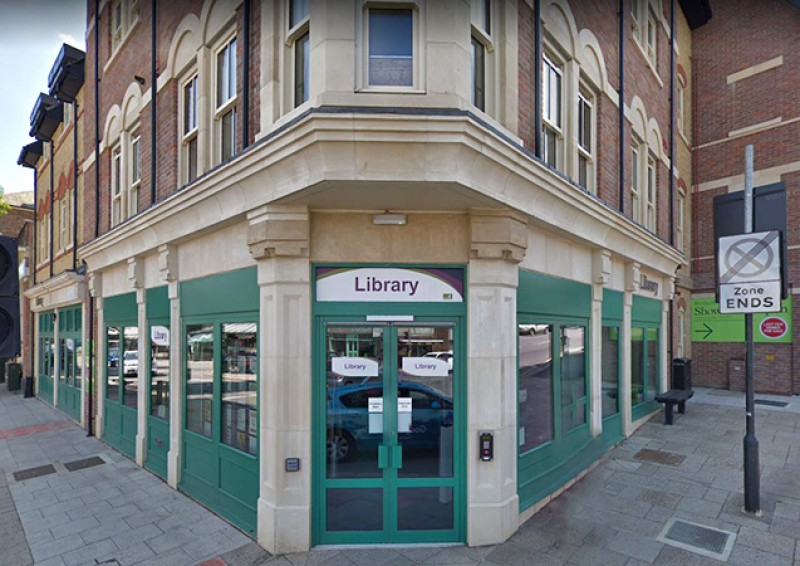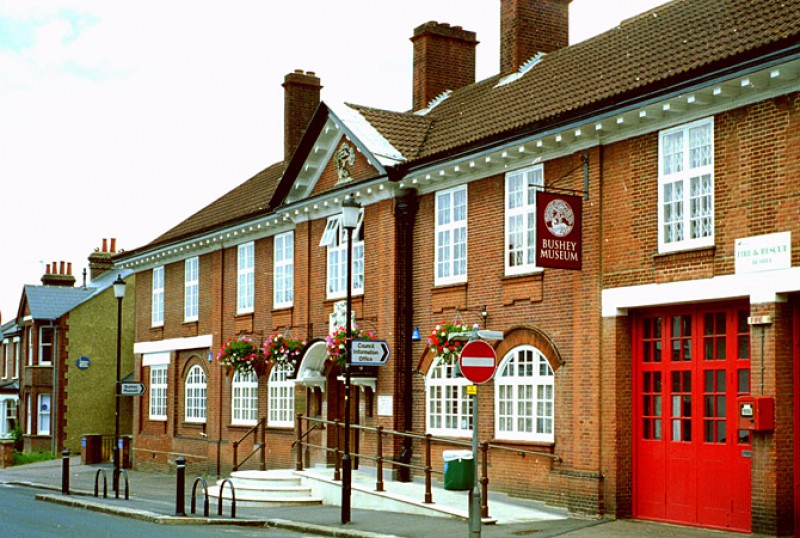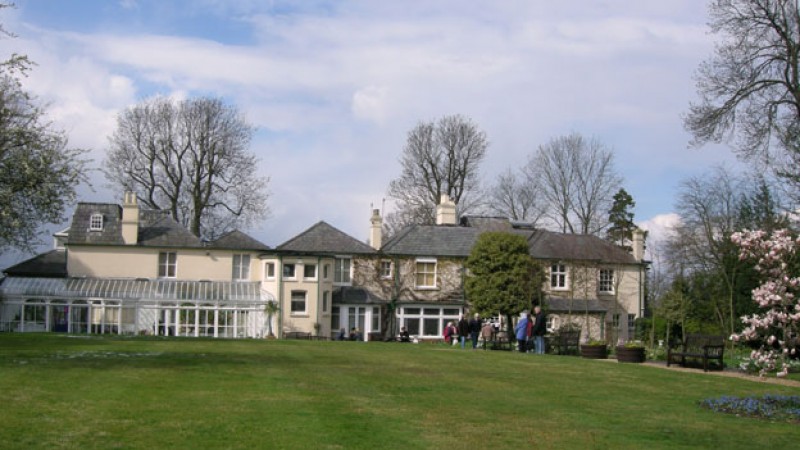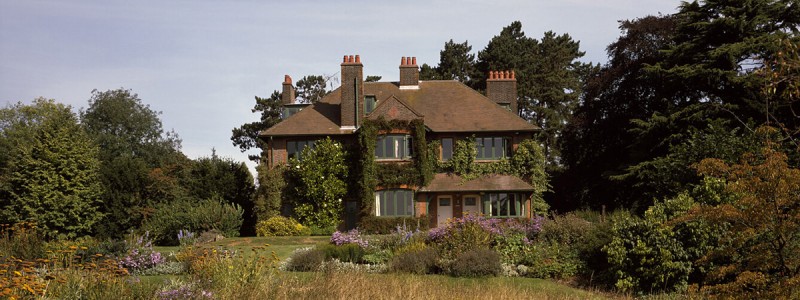
National Trust
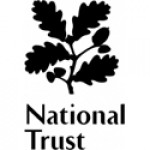
Open to the public
Historic house or home in Hertfordshire
42 artworks
Part of National Trust
Plan a visitArtists
-
 Zsigmond Kisfaludi Strobl (1884–1975)
Zsigmond Kisfaludi Strobl (1884–1975) -
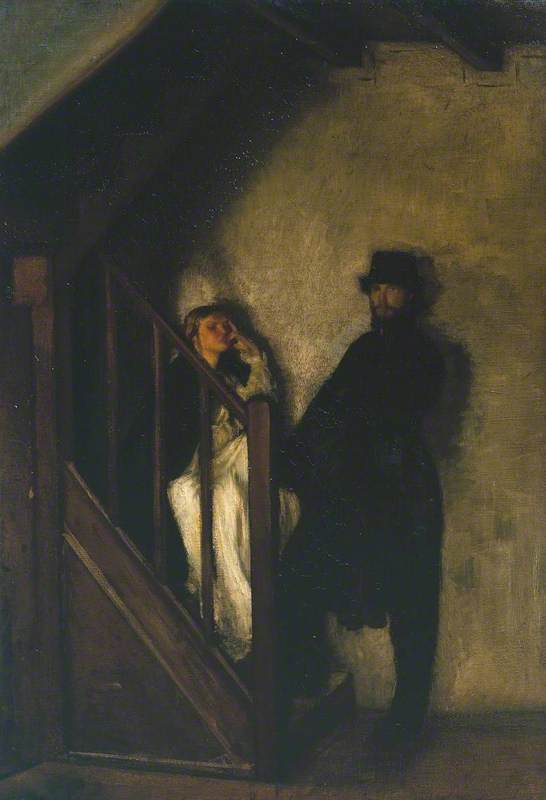 William Rothenstein (1872–1945)
William Rothenstein (1872–1945) -
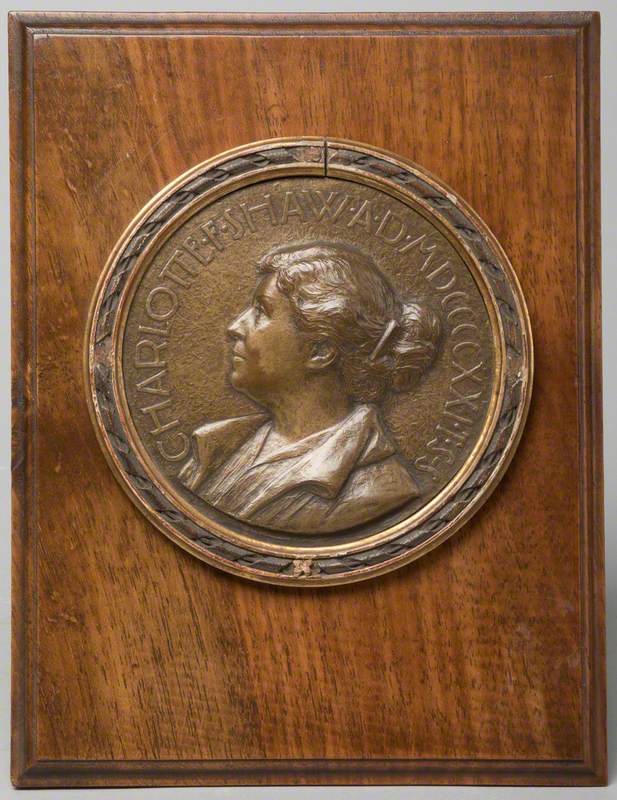 Theodore Spicer-Simson (1871–1959)
Theodore Spicer-Simson (1871–1959) -
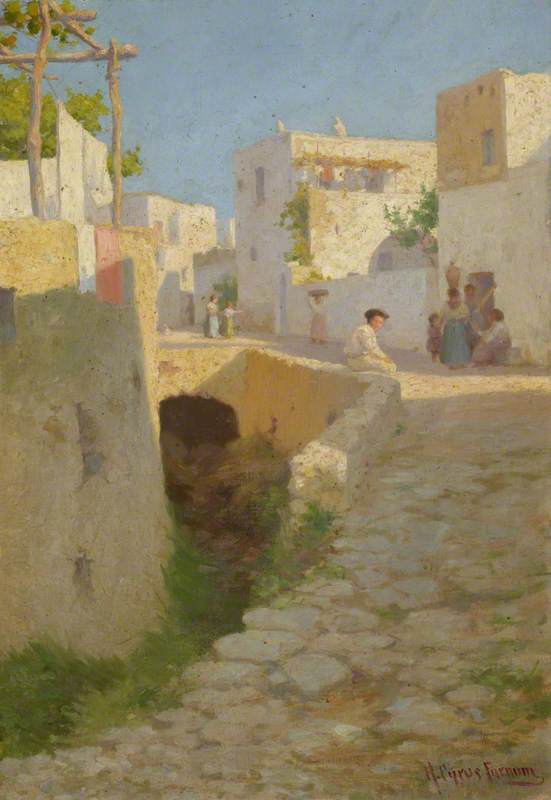 Herbert Cyrus Farnum (1866–1925)
Herbert Cyrus Farnum (1866–1925) -
 Auguste Rodin (1840–1917)
Auguste Rodin (1840–1917) -
 Giulio Aristide Sartorio (1860–1932)
Giulio Aristide Sartorio (1860–1932) -
 Rosie Banks Danecourt
Rosie Banks Danecourt -
 George William Russell ('A. E.') (1867–1935)
George William Russell ('A. E.') (1867–1935) -
 Rupert Harris Conservation Ltd
Rupert Harris Conservation Ltd -
 Austin Cedric Gibbons (1895–1960)
Austin Cedric Gibbons (1895–1960)
Stories
National Trust, Shaw's Corner is part of
National Trust
National Trust artworks can also be found at these venues
More information-
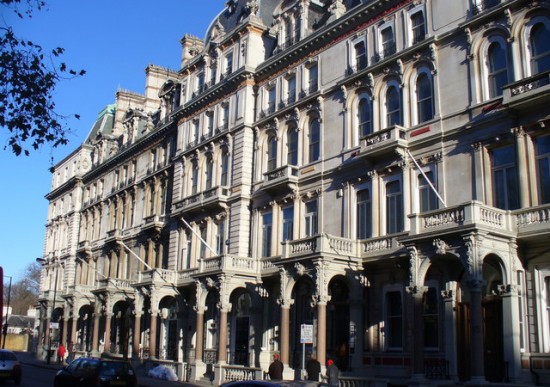 National Trust Collections
National Trust CollectionsLondon
-
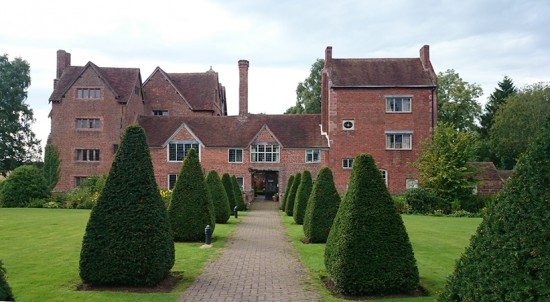 National Trust Collections at Harvington Hall
National Trust Collections at Harvington HallKidderminster
-

-
 National Trust, A la Ronde
National Trust, A la RondeExmouth
-
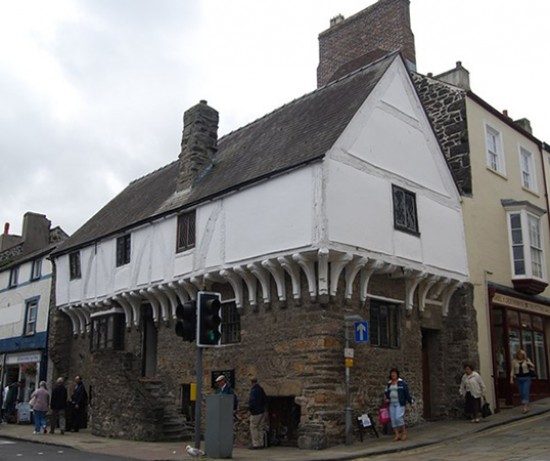
-
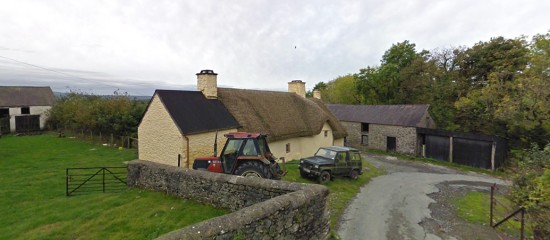 National Trust, Aberdeunant
National Trust, AberdeunantLlandeilo
-
 National Trust, Acorn Bank
National Trust, Acorn Banknear Penrith
-
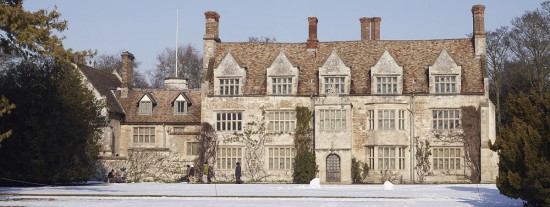 National Trust, Anglesey Abbey
National Trust, Anglesey AbbeyCambridge
-
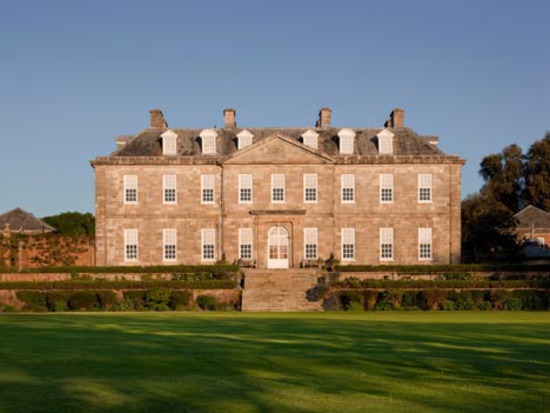 National Trust, Antony
National Trust, AntonyTorpoint
-
 National Trust, Ardress House
National Trust, Ardress HousePortadown
-
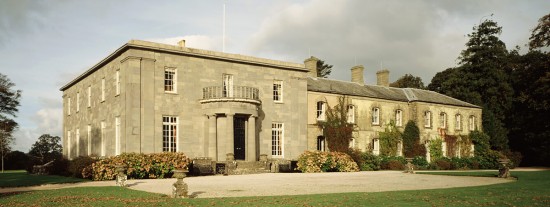
-
 National Trust, Ascott
National Trust, Ascottnear Leighton Buzzard
-
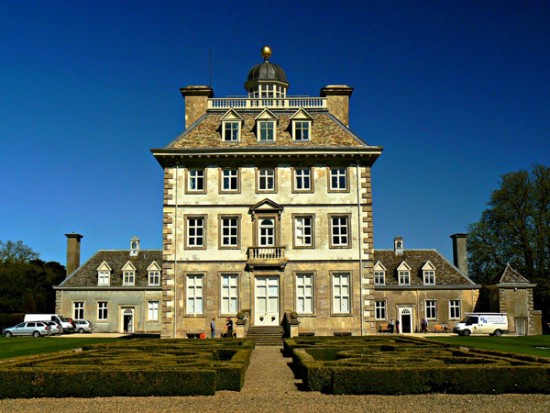 National Trust, Ashdown House
National Trust, Ashdown HouseNewbury
-
 National Trust, Attingham Park
National Trust, Attingham Parknear Shrewsbury
-
 National Trust, Avebury Manor
National Trust, Avebury Manornear Marlborough
-
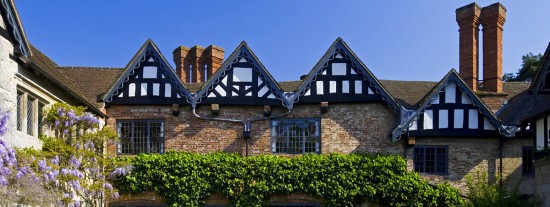 National Trust, Baddesley Clinton
National Trust, Baddesley ClintonBaddesley Clinton
-
 National Trust, Barrington Court
National Trust, Barrington Courtnear Ilminster
-
 National Trust, Basildon Park
National Trust, Basildon ParkReading
-
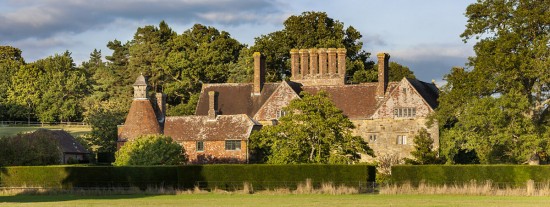
-
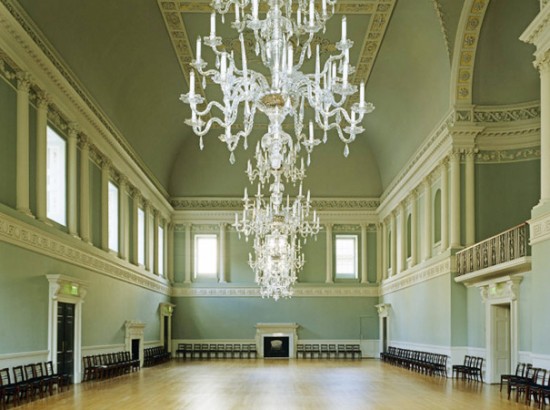
- View all 212
